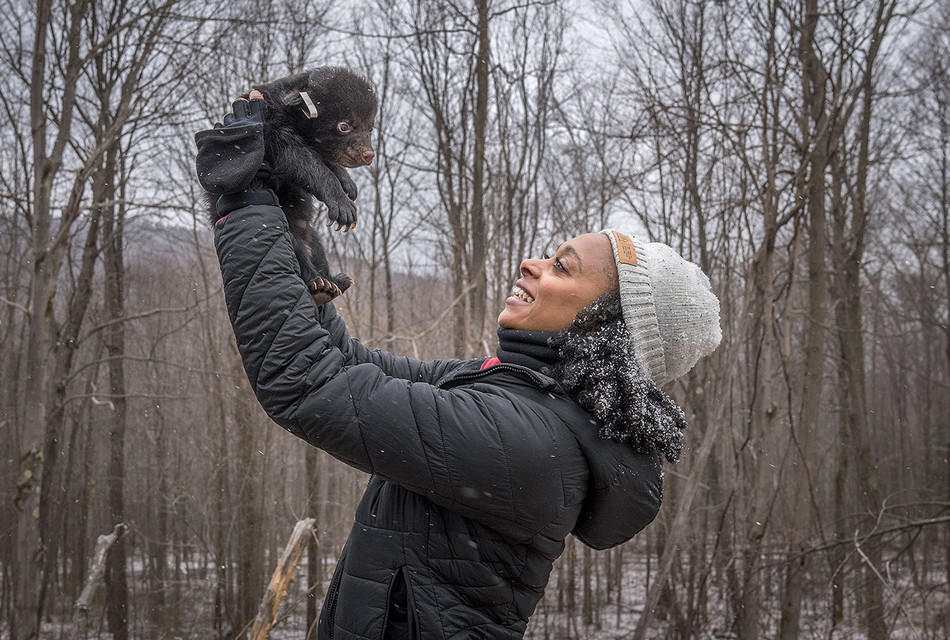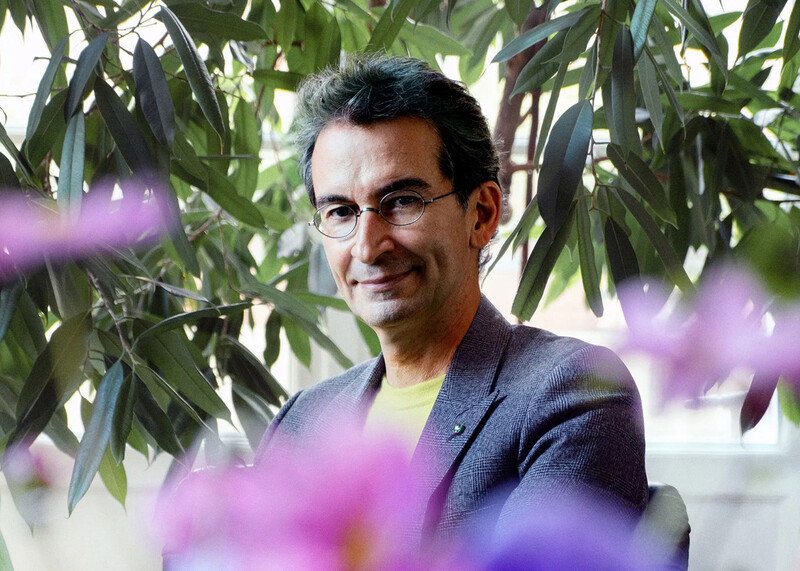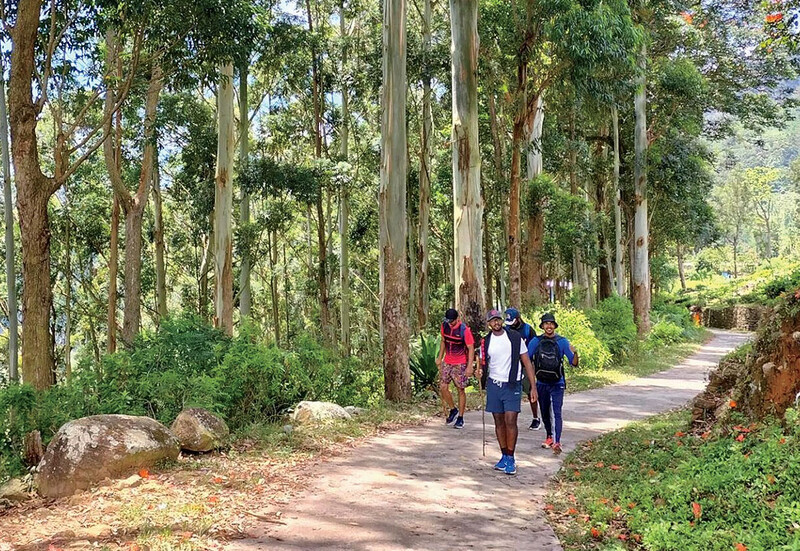Rae Wynn-Grant ’16GSAS goes where few others have gone before — inside the dens of hibernating black bears in Southern California. As an ecologist who studies the behavior of large carnivores, she crawls into the lairs of sleeping females and their cubs; tranquilizes the mothers; counts the cubs; takes hair, blood, and DNA samples from both; and tags them all so they can be tracked throughout their lives.
For Wynn-Grant, a faculty member at UC Santa Barbara’s Bren School of Environmental Science and Management, it’s all in a day’s work. The monitoring is necessary, she says, because bears are an indicator species — their health signals the well-being of the entire ecosystem.
In studying the movement and behavior of black bears, as well as mountain lions, at the Jack and Laura Dangermond Preserve, a thirty-eight-square-mile protected area on the Santa Barbara coast, Wynn-Grant hopes to learn how frequently the bears and mountain lions walk on the beach, whether they go there to eat, and whether such spaces are safe for them. She is also looking for ways to mediate interactions between the animals and the humans who live nearby.
“I’m interested in how humans negatively impact animal behavior and ecology — anything from face-to-face interactions when people walk their dogs to more subtle things like the effects of light and sound pollution,” she says. She ultimately wants to devise conservation strategies, because even though California has a healthy black-bear population today, “there’s value in being proactive.”
Wynn-Grant’s special focus is female bears, who need a safe and stable environment to raise their young. Her “den dives,” though potentially dangerous, have their perks. “I get to cuddle baby animals in the name of science,” says Wynn-Grant. “I don’t want to detract from the rigor of the science, but sometimes you just want to give them a hug.”
Once or twice a week, Wynn-Grant hikes into the forest and sets up cameras to observe the bears. Soon she will begin attaching GPS collars to the animals to help her understand their movements and network of habitats. Though she doesn’t bring a firearm, she carries a tranquilizer gun. “I always pack bear spray, and I’ve had to use it,” she says. The best way to avoid conflict with a bear? Whistle or make some kind of noise when hiking, she says, because bears will generally want to avoid you if they can. If there’s a confrontation, slowly back away from the bear and use calm, non-aggressive body language to suggest: “I’m not a threat. I’m not coming to harm you. I’m leaving.”
Wynn-Grant, who is originally from San Francisco, says watching wildlife documentaries as a kid made her “geek out” and fall in love with animals. “Some people were into Star Wars,” she says. “For me, it was nature shows.” Her master’s research at Yale took her to Africa, and she thought she might spend her career studying lions. But after learning more about their vulnerable status, which would make the type of long-term research she wanted to do difficult, her PhD thesis advisers at Columbia helped redirect her interests toward bears, whose populations are more stable.
In addition to her research contributions, Wynn-Grant is one of the first African-American women (and one of the few women generally) in her field and serves as a role model for underrepresented groups in STEM. She also works with youth organizations and makes media appearances as a science communicator. She recently started hosting a weekly podcast for PBS’s Nature, called Going Wild, which combines stories of her adventures with commentary on personal growth and identity politics.
“People of color have been excluded from the natural and environmental sciences for years,” says Wynn-Grant. “I want to let people know that this is a career they can have. You can start late. You can be different. You can look like me and still make major change and help move this field forward.”
This article appears in the Winter 2021-22 print edition of Columbia Magazine with the title "Bear Necessities."



